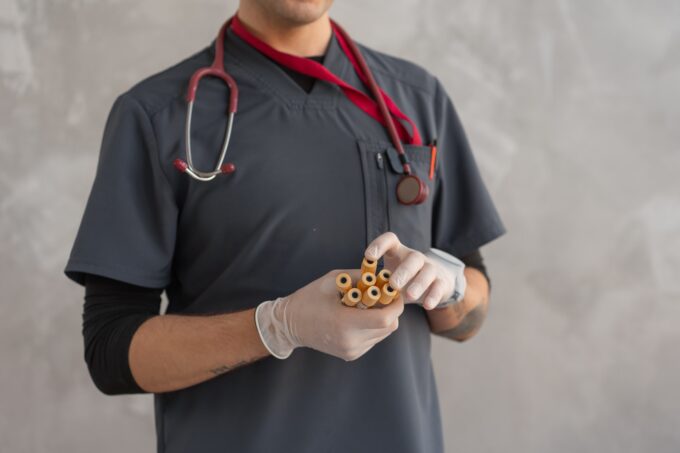In the event that you are sick or you just want a wellness visit with your doctor, you might have to have a blood draw done. It seems like a pretty simple task, but there are actually people called phlebotomists you are trained to deal with the collection of blood for different procedures. But what does their job entail exactly and do they have to be trained for it?

What Is A Phlebotomist?
A phlebotomist is a medical professional who has been trained to perform blood draws on both adults and children. The blood is taken in preparation for testing so that a medical laboratory can analyze it properly. Blood can also be collected for donation or to perform blood transfusions as necessary. In Phlebotomy Training, a person learns to collect blood through a puncture into a vein, a prick on the finger, or a prick on the heel.
What Else Does A Phlebotomist Do?
In the preparation of drawing blood, a phlebotomist will also prepare people for blood draws, especially if they have anxiety or have a fear of needles. Other important parts of their job include:
- Verifying the identity of the person before they draw blood from them
- Ensuring that all of the equipment is properly sanitized before use
- Providing assistance to those who have adverse reactions to having their blood drawn
- Organizing and maintaining blood draw supplies.
There’s a lot more to it than just drawing blood; it has to be properly labelled, stored, and everything has to be sanitized between each use too.
Where Do Phlebotomists Work?
They can work in a variety of locations. They mostly work in clinical laboratories, hospitals, doctors’ offices, nursing homes, blood donation centers, and community health centers. Wherever there is the need for blood to be drawn for medical purposes, phlebotomists are usually needed there.
What Are the Requirements For A Phlebotomist?
Before you can work as a phlebotomist, there are specific requirements that are needed. There are several programs that offer a degree that take less than a year to complete. You need:
- A GED or have graduated high school
- Applying to and being accepted by an accredited phlebotomy program.
- Completed a phlebotomy program
- Earned a certificate from a phlebotomy program
- Taken a certification exam (the exam has 300 questions with both a written and practical section)
Depending on the level of certification you’re going for, then you’ll only be able to perform specific functions.
- Limited Phlebotomy Technician (LPT): Certified to perform skin puncture blood collection.
- Certified Phlebotomy Technician I (CPT I): Certified to perform skin puncture and venipuncture blood collection.
- Certified Phlebotomy Technician II (CPT II): Certified to perform skin puncture, venipuncture and arterial (artery) puncture blood collection.
Becoming a phlebotomist can be a rewarding experience if you’re interested in the medical field. And because the degree takes less than a year to complete, more and more people are turning to it as a field of employment. If this sounds like a job you’d be interested in working, then consider contacting a program provider near you to get started.














